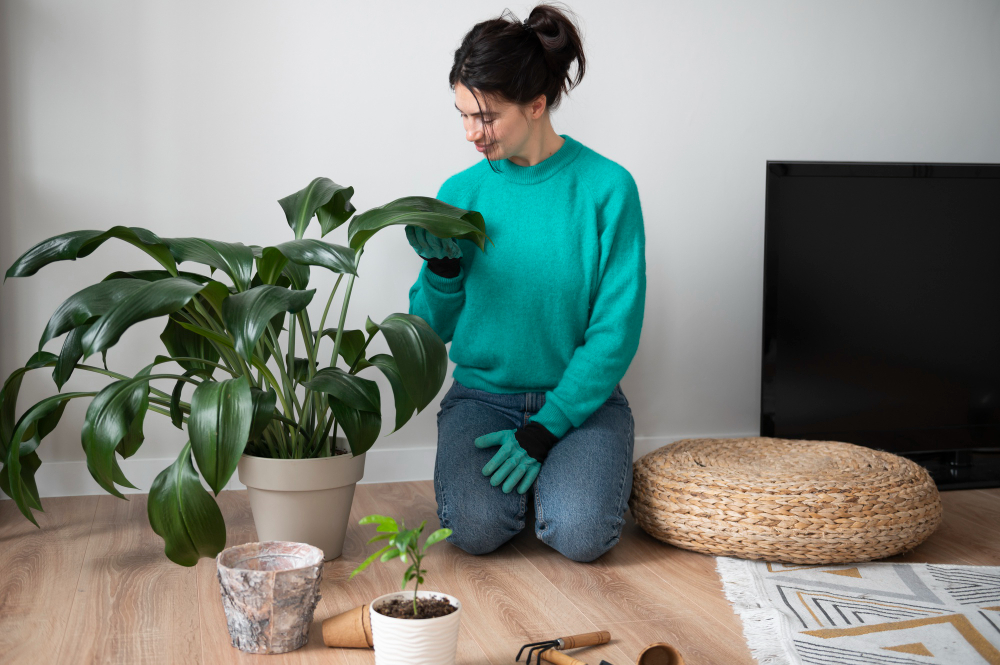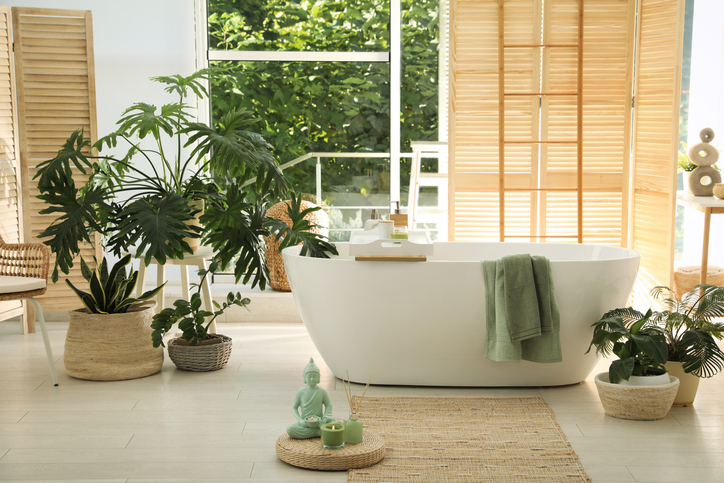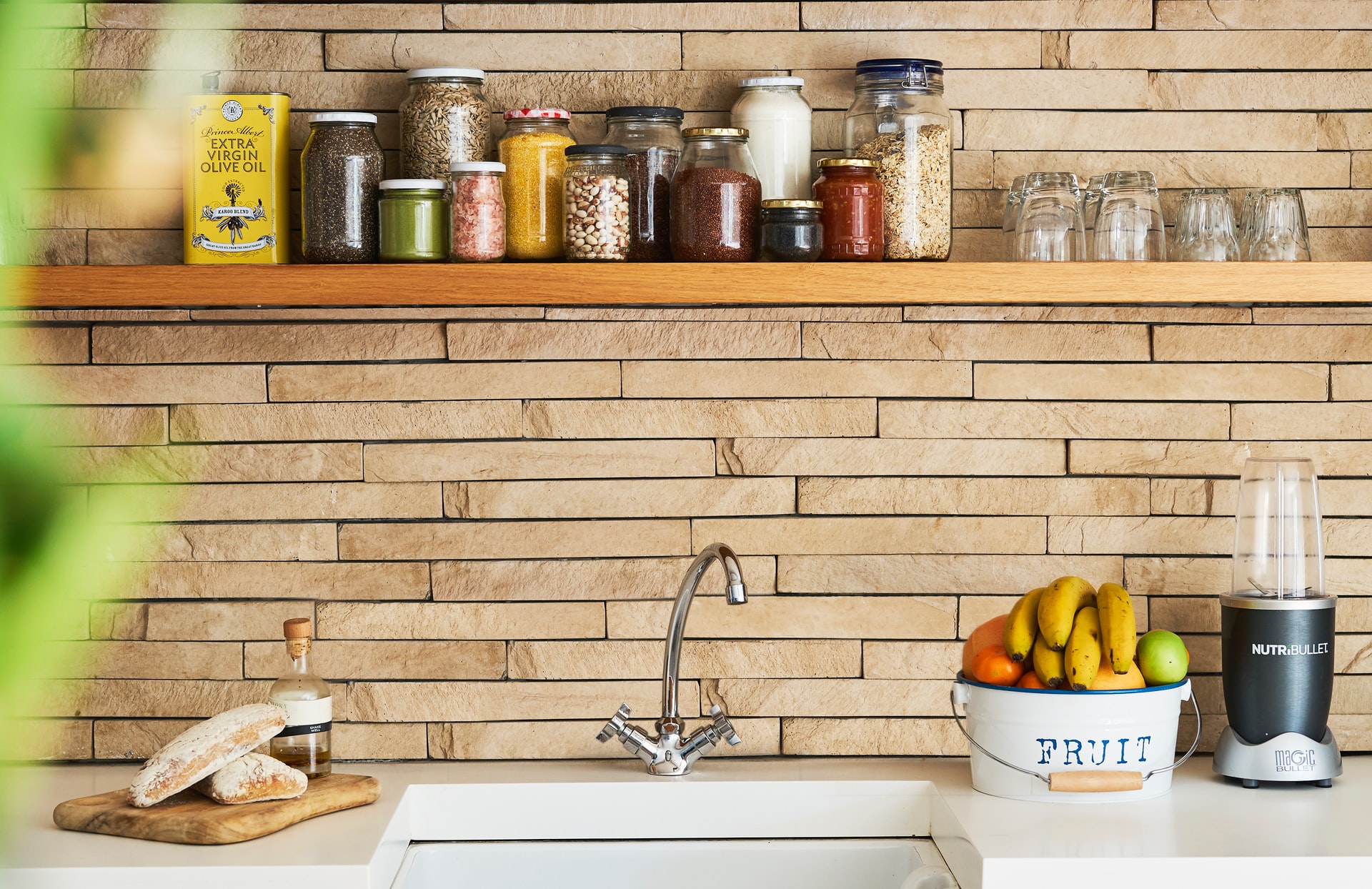From plastics to clothing and food, humans produce a large volume of waste that can have detrimental effects on the environment. According to the United Nations, 931 million tonnes of food sold to retailers, households, and restaurants was wasted in 2019 alone. This means 17% of total food available to consumers went into the garbage, which means it also went into landfills, soil, and waterways.
Today’s modern society offers the ability to purchase more products with just the push of a button, resulting in higher levels of consumption and waste. In the year 2000, Americans consumed 23.7 metric tons of materials per capita, an incredible 52-percent more than the European average. The consumption of raw materials in the US has grown from less than two metric tons per person in 1900 to over 13 metric tons as of 2006. With so much being wasted and products being produced via harmful practices, pollution and climate change are on the rise.
Thankfully, there are some things that each of us can do to reduce our carbon footprint and live a more sustainable lifestyle. You may think that making sustainable choices is expensive. However, there are many budget-friendly ways that you can live a sustainable lifestyle at home.
Living a non-sustainable lifestyle increases global warming, harms the soil, air, and water, and can have devastating effects on animal and plant life. The use of fossil fuels and plastics are some of the most significant contributors to these problems, as well as things like deforestation and overdevelopment. Currently, over 38,500 species are in danger of extinction. Pollution and climate change are strongly linked, by reducing pollution and unsustainable practices we can slow down climate change.
Fortunately, there are things that all of us can do to begin living a more eco-friendly, sustainable lifestyle. The best part is that these changes can be done without expanding or increasing your personal household budget. If more of us make sustainable choices, we may be able to reverse some of the harm already done to the environment. Even simple things like changing your diet may help.
Simple changes you make now can have positive impacts on the world in the future. This guide explores some easy, budget-friendly ways that you can begin living a sustainable lifestyle at home to provide a cleaner, greener planet for future generations.
The Benefits of Leading a Sustainable Lifestyle

There are many benefits to living a more sustainable lifestyle. First, it reduces the amount of waste that goes back into the environment. This simple act reduces air, water, and soil pollution while helping to protect the earth against climate change. It’s also a much more budget-friendly way to live since you’ll save on things like water and energy usage at home. Not only is this lifestyle better for the planet, but it’s also better for your 38,500. Eating organic foods, reducing meat consumption, and using safe, nontoxic products may protect your body against a variety of harmful conditions.
In turn, you may not need to spend as much on healthcare costs and treatment. Sustainable living is also better for your mental well-being since you’re taking conscious steps to do things that will benefit all of us, including your fellow humans, animals, and plant life. Read on to discover some ways you can live more sustainably, step-by-step.
Utilities and Sustainability

- Energy: Turn off lights and unplug electronics when not in use. Purchase energy-efficient appliances to save on energy consumption. Consider installing a smart thermostat to regulate your home’s HVAC system more effectively. Make sure your home has good insulation to reduce the overuse of heating and air conditioning. Switch to LED bulbs that last longer and require less energy to operate. If you want to make an even bigger changer consider installing solar panels, they are environmentally and budget-friendly.
- Water: Check to ensure that all faucets, toilets, and showerheads in your home are leak-free. Turn off the water when brushing your teeth, and take shorter showers when possible. Install a low-flow showerhead to reduce water use. Only run the dishwasher and washing machine when they’re completely full.
- Gas: Overall, gas is better for the environment than electric-based heat. If you have gas heating in your home, make sure that your home is properly insulated. If your appliances are connected to gas in order to heat the water, try to run laundry on the cold cycle as often as possible.
- Transportation: You can reduce your carbon footprint significantly by opting to ride a bike or walk to work. If that’s not possible, consider setting up a carpool with your fellow coworkers so fewer vehicles are being driven to the same place every day. An electric or hybrid vehicle is also a better way to get where you need to go since these vehicles require less or even no gasoline (which are fossil fuels) to operate.
Tips for Children and Parents

- Toys: Avoid purchasing toys made of plastic and opt for those made of materials like organic cotton or recycled materials. Choose durable toys that will last longer and donate old or unwanted toys to local charities rather than throwing them away.
- Diapers and wipes: Cloth diapers are much better for the environment than disposable ones. Use a soft, washable cloth for baby wipes over throwaway wipes, or choose biodegradable wipes when possible.
- School lunches: Pack your child’s lunch in reusable food bags like silicone food-safe bags rather than plastic bags. Pack drinks in leak-proof, reusable beverage containers. Choose organic fruits and vegetables over snacks made with preservatives.
- Nursing pads: New moms can use washable nursing pads made of safe materials like organic cotton or bamboo.
- Tableware: Pack lunches in small containers that can be washed and reused. Add washable silverware to your child’s lunch too. You can also pack cloth napkins instead of paper towels.
- Bathing: Reduce your child’s bath time by just a few minutes to save water, and lower the temperature just a bit, too. Use organic soaps and shampoos that come in refillable packaging.
- Sustainable swaps: Try to swap as many disposable items with reusable ones as possible. Instead of brown paper bags for lunch, choose a soft cooler bag. Skip using straws or try bamboo or reusable straws instead. Dress your child in clothing made by sustainable brands.
Sustainable Diet Tips
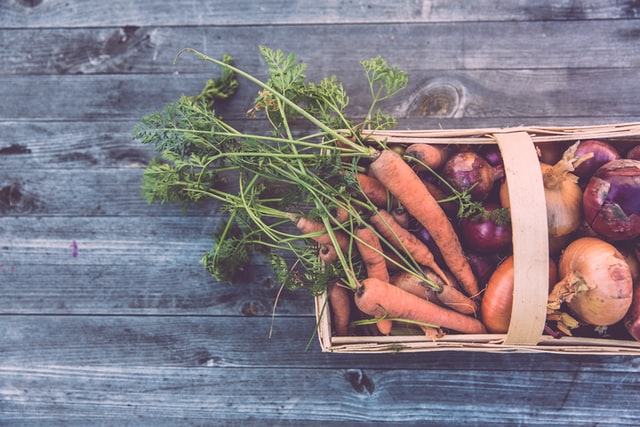
- Eat less meat and dairy: Factory farming is responsible for increasing global temperatures and pollution. Try to eat less meat and dairy as much as possible. Start by having “meatless Mondays” and develop new, creative recipes that don’t require any meat or dairy products. You can get creative when it comes to a more vegetarian diet, such as grilled pineapple and other exotic and delicious meals.
- Eat more fruits and veggies: Look for organic fruits and vegetables and try to incorporate them more frequently into your diet. This is not only sustainable but better for your body as well.
- Fresh foods: Try to seek out fresh foods that are grown organically. These foods should be grown and produced without toxic pesticides or fertilizers. You can also purchase cage-free eggs whenever possible.
- Local foods: Shop at your local farmer’s market or fruit/veggies stand when you can. This ensures that your food is fresher and reduces the demand for transporting foods long distances to get to the consumer.
- Prepare your work meals and snacks: By preparing your own work meals and snacks you can lead a healthier diet by enjoying healthy snacks filled with tasty and healthy foods, this will help reduce unnecessary single-use packages and you would also save money.
Reusable Everyday Alternatives

- Try silicone food bags: Instead of disposable plastic food bags, opt to keep foods fresh using bags made of silicone. These reusable product bags can be washed and reused multiple times, reducing waste.
- Try a thermos: Rather than buying bottled water in plastic bottles, fill stainless steel containers with a lid with cold water, coffee, or tea.
- Pad and tampon alternatives: Consider using a menstrual cup or period panties instead of disposable pads and tampons. You can find menstrual panties and fabric sanitary pads made of organic materials that are safe and reusable.
- Reusable make-up wipes: Take off your make-up with some make-up reusable wipes instead of single-use ones to reduce waste and consumption of disposable cosmetic products. Look for pads made of bamboo, organic cotton, or other sustainable materials.
Product Features to Look For
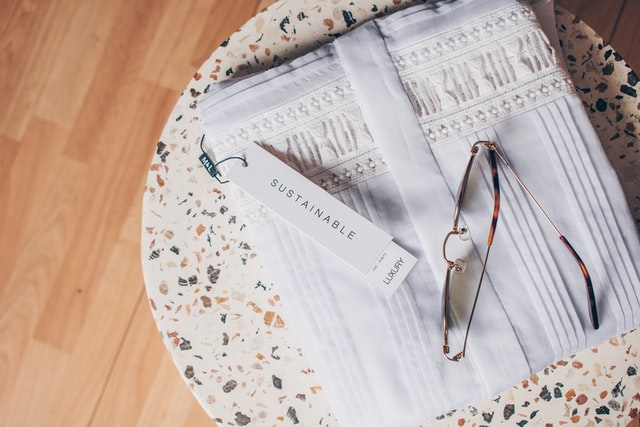
- Pollutant-free: Seek products you use at home that are free of chemicals and other pollutants. This will reduce the number of harmful toxins released into the air, soil, and water. These products are also better for the body too.
- Bamboo products: Bamboo is one of the most sustainable materials on the planet. Choose to use products made of bamboo, including flooring, clothing, diapers, nursing pads, and much more.
- Cotton products: When choosing products made of cotton, try to use those made of certified organic cotton as much as possible. Organic cotton uses less water than regular cotton and much fewer greenhouse gases to make than standard cotton.
- Sustainable materials: Seek out products you use every day that are made of sustainable materials. For example, glass containers are better for the environment than plastic. If you do use disposable products, recycle them as much as possible. Clean your hair and body with eco-friendly shampoo and soap. Consider upcycling or donating old clothing rather than throwing it away.
Eco-Friendly Home Décor and Paint
- Furniture revamping and upcycling: Take old furniture and upcycle it by turning it into something new. According to EPA, furniture waste in the United States accounted for 12.2 million tons of waste in 2018. By revamping and upcycling your furniture, you’re reducing this waste while enjoying something creative that’s made by you.
- Eco-friendly paints: Look for paint with low VOC or volatile organic compounds. Seek Greenguard Gold Certified paints, which means that the paint factories have low=waste production methods, use recycled packaging, and practice water conservation during production.
- Natural fabrics: Pick out window curtains, furniture upholstery, and other household décor and furnishings made using natural, organic fabrics. Organic cotton, wool, and linen are some excellent examples to try.
- Eco-friendly kitchenware: Keep foods fresh with covers like silicone lids and store your food in glass containers rather than plastic. These items last longer and are less harmful to the environment when they’re manufactured and finally thrown away. Try bamboo cooking tools like spatulas and spoons.
Sustainable Parties and Home Events

- Reusable cutlery and plates: Serve cake and meals on reusable plates made of sustainable materials like bamboo. You can also find bamboo silverware and cutlery too. This is a much better option than purchasing disposable paper or plastic plates and cutlery for your next party. Use biodegradable paper towels, or even better, set the table with cloth napkins instead.
- Gift wrapping: Get creative and wrap gifts using old maps, magazines, or newspapers. You can also find gift wrap made of recycled paper. Biodegradable gift wrap is also a great choice.
- Decorations: Try to avoid using one-time party décor or anything made of plastic. Look around your home and find items you can use to decorate your next event at home. You can also borrow some fun party décor from a friend rather than purchasing something new.
- Recycle all waste: After the party is over, recycle as much of the waste as possible. Create a compost pile where you can put food scraps out to create organic, natural fertilizer for your lawn and garden. If you use disposable plates and cups, make sure they’re fully recyclable and recycle them as directed to keep them out of the landfill.
Bonus Tips
Recycle, recycle, recycle: There’s more to recycling than just paper, glass, and plastic. You can recycle pretty much everything, from electronics to clothes and sneakers. Textiles account for 66% of lands field space. Your organic waste is a valuable treasure for your garden, you can turn it into compost and your plants will appreciate it. As well as saving money on compost you can also start an orchard with your favorite fruits and veggies.
Clothing: Sneakers are trending nowadays, which means that there’s a lot of buying and a lot of discarding, sneaker recycling is a way to reduce your carbon footprint and give your old things a second life.
Batteries: Batteries are some of the very first items that began to be recycled, and this is because it was early on that it was discovered that batteries carry corrosive and toxic materials that can easily contaminate the soil, water supplies and the air. Batteries are extremely hazardous and it is pivotal that we carry on recycling them. You can find various recycling centers where you can dispose of you batteries safely.
As you can see, it’s easy to make a few simple budget-friendly changes that will help you lead a sustainable lifestyle. By reducing waste and consumption of disposable products, you’re helping prevent things like climate change, deforestation, and pollution. When we all work together to make more sustainable choices, we have a better chance at ensuring a clean and safe environment for many generations to come.

